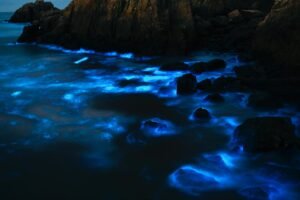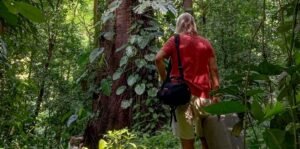Manzana de Agua
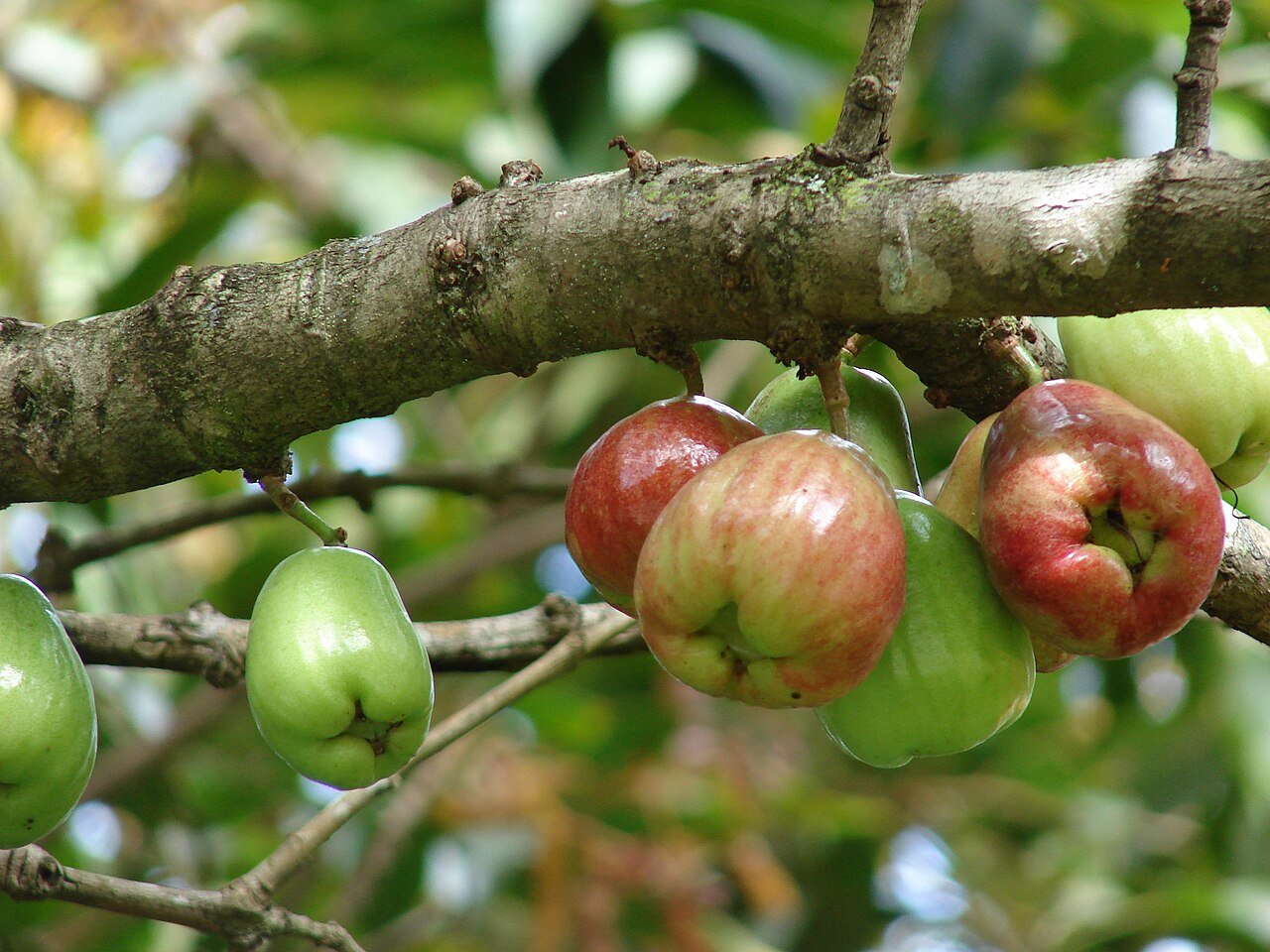
I first tasted this fruit when a local landowner offered us ripe Manzanas de Agua beneath a wide, shady Manzana tree. Curious and unfamiliar with it, I bit into the flesh and discovered a sweet, tart flavor with a watery texture. Intrigued, I explored its history and learned that Polynesians carried this fruit during their colonization of the Pacific Islands. It played a surprising role in migration and survival of Polynesian people. And it then extended its range to Costa Rica – who would have thought???
MANZANA DE AGUA
Manzana de Agua translates directly to “water apple,” a name earned from its high water content and juicy texture. It belongs to the Syzygium genus, a group of plants native to a broad region stretching from Africa through Southeast Asia and into the Pacific Islands. The specific species we enjoy—Syzygium malaccense—originates in tropical Asia and Australia, and takes its name from Malacca, a southern state on the Malay Peninsula near Singapore. Today, this plant thrives in tropical zones around the world. Despite its wide reach, the fruit remains relatively unpopular and often overlooked. That’s unfortunate, because a chilled Manzana de Agua pulled straight from the fridge offers one of the most refreshing bites you’ll find in a hot climate.
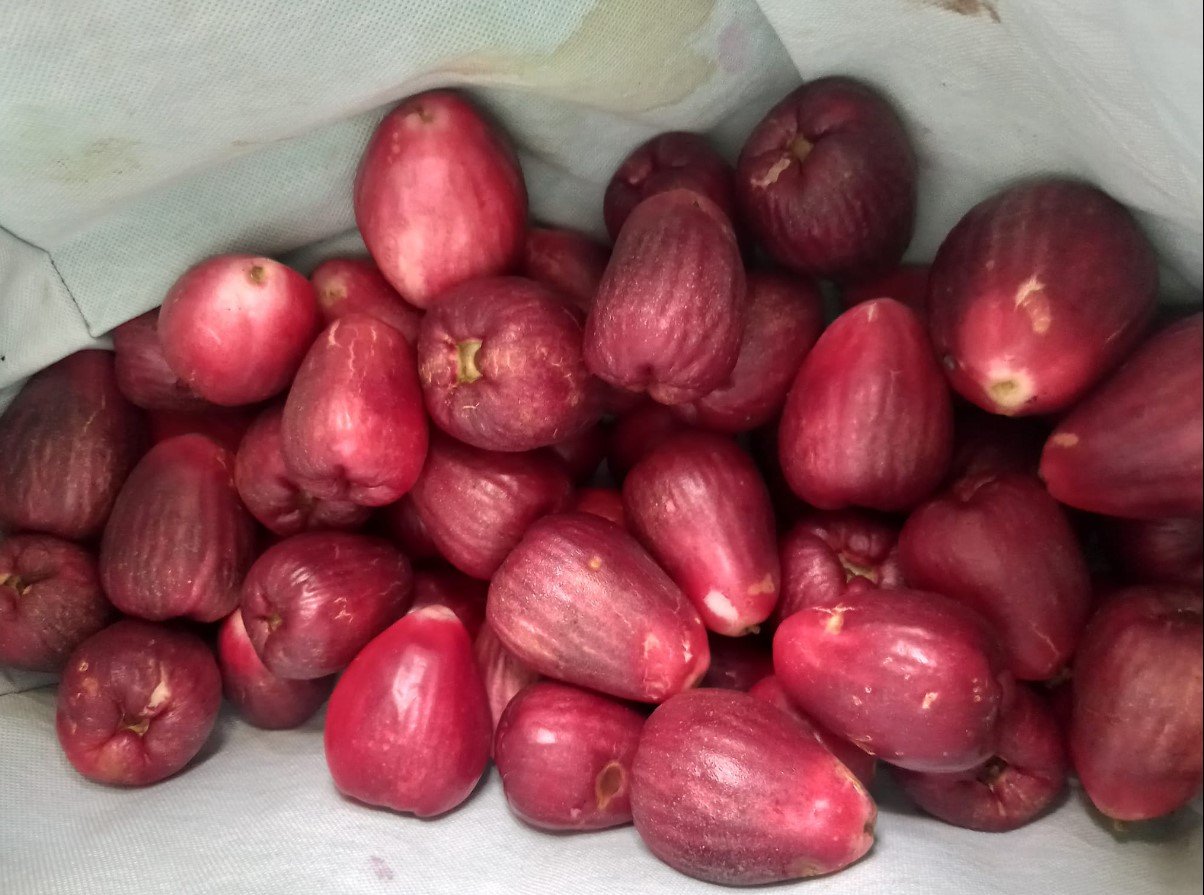
KNOWN BY MANY NAMES
Manzana de Agua is known by different names around the world: most popular is Malay Apple, but it is also called Poma Rosa, Mountain Apple, Water Pear, Norwegian Pear (???), Plumrose, Yambo, Makopa, Pommerac, Morita del Peru, Perita, Japanese Cashew (???), Pomo and many many others.

THE TREE
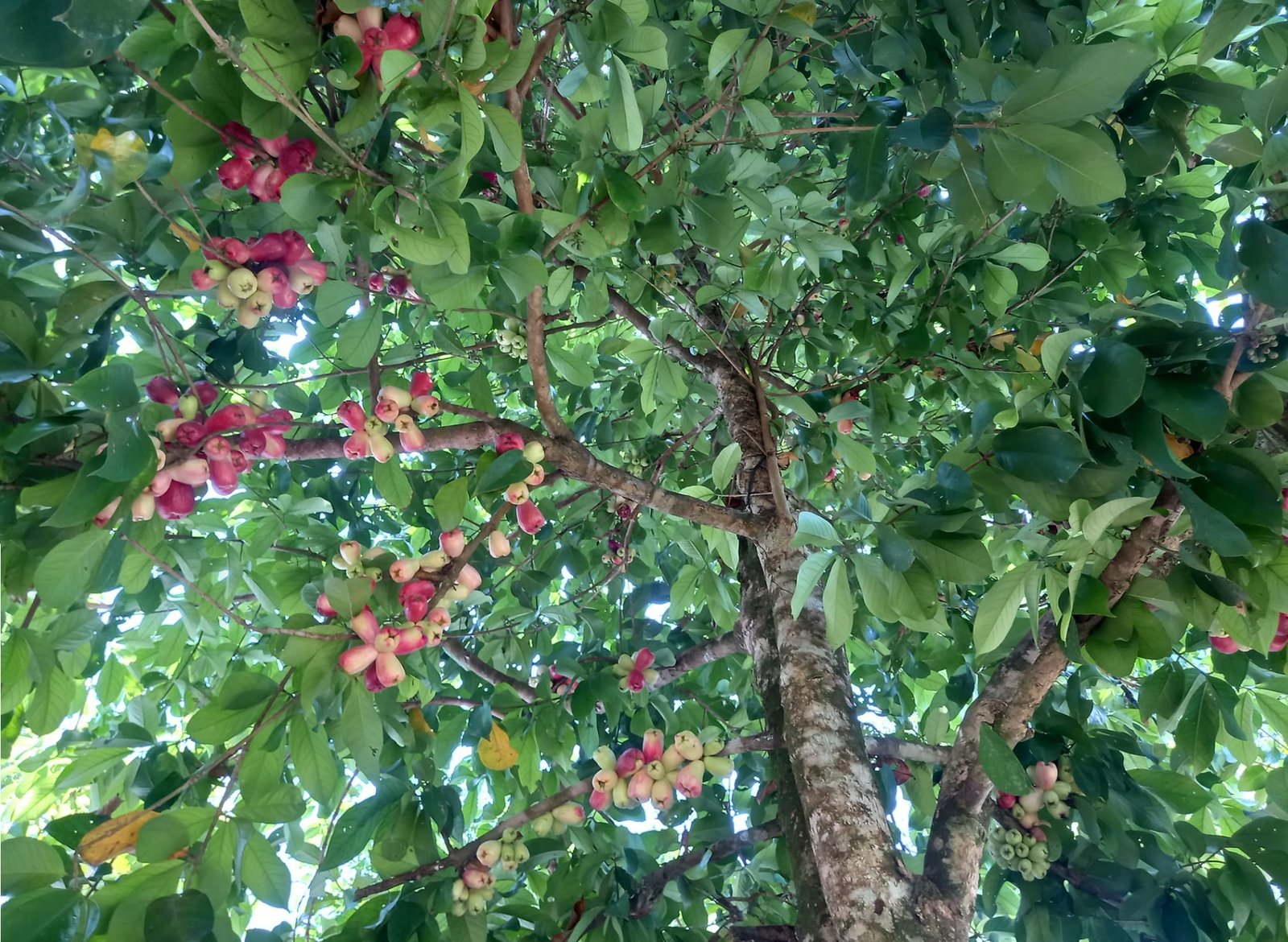
This tree, with its dense canopy, thrives in tropical climates and needs at least 1,500 mm of rain each year. It prefers consistent rainfall but can survive short dry spells. Without water, though, it struggles—especially in northern Costa Rica, where dry seasons last longer.
Unlike the coconut, it tolerates high altitudes and grows well up to 2,800 meters, as long as temperatures stay warm. In ideal conditions, it can exceed 18 meters in height, towering over nearby plants. Flowers appear early in the dry season, and fruit ripens over the next three months. Mature trees may yield two to three harvests annually, each producing around 2,000 fruits—a remarkable output for a single tree.
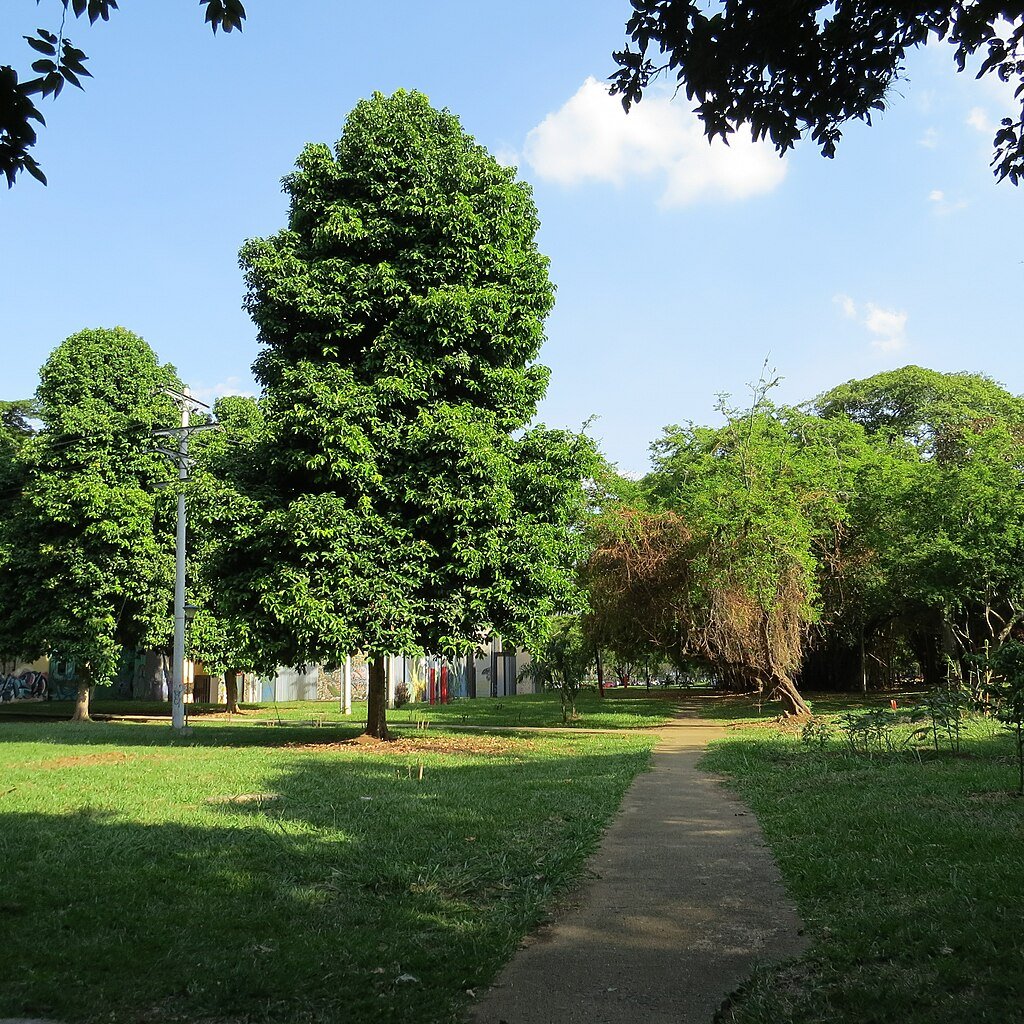
Manzana de Agua carries many purported medical properties – rich in fiber, it aids digestion, and the high water content helps with hydration. The fruit, containing epicatechin, are said to help lower blood pressure and help with respiration. Traditional uses around the world use the fruit, leaves, bark and roots to heal various ailments – from cracked tongues to fevers, constipation, dry coughs, diabetes, headaches, and many others. Please conduct necessary research and speak to a health professional before utilizing the medicinal properties of this plant.
THE FRUIT
The fruit grows oblong and ripens to a deep red, about the size of a small apple. Less common varieties appear green or white. When ripe, they release a rose-like scent, which explains why many global names include “rose.” The skin stays thin, while the white flesh surrounds one or two large central seeds.
On a hot day, biting into a chilled Malay Apple feels like instant relief. For something different, try making Manzana de Agua jam using slightly under-ripe fruit, ginger, and brown sugar. Blend it into a shake for a refreshing treat. Some ferment the fruit into sweet wine, while others slice it to pair with crisp drinks like gin and tonic. It works well in fruit salads or finely chopped into salsas. A sprinkle of salt on raw slices also hits the spot—especially in tropical heat.
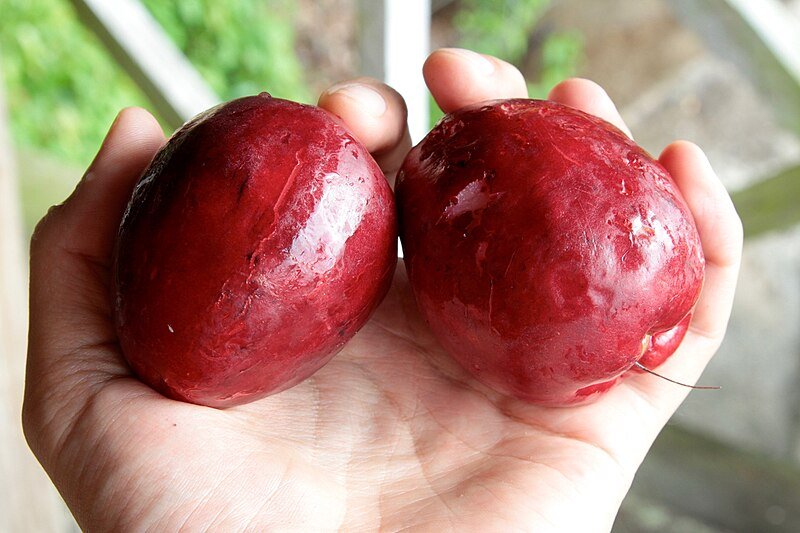
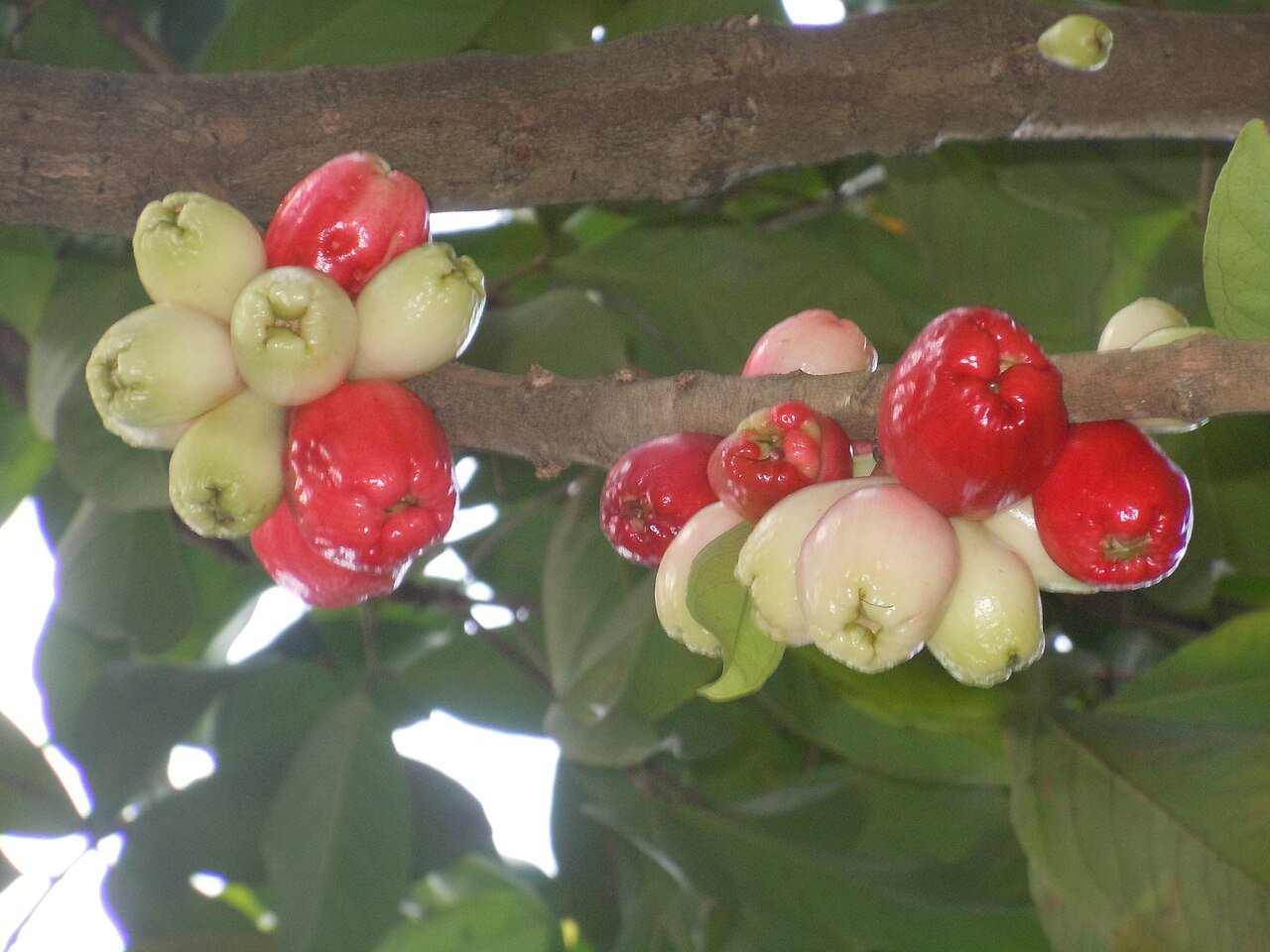
THE TASTE
Reasonably sweet, aromatic, juicy but a bit tart – close in taste to an apple or pear, but not quite. Being a watery fruit it is perfect for our hot climate – especially if chilled in the fridge. No need to peel, just give the manzana a wash or a wipe and enjoy!
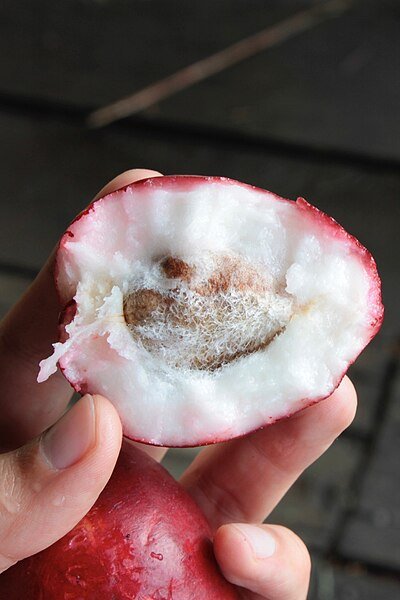
ALSO AN ORNAMENTAL PLANT!
The flowers of the Manzana de Agua are considered the most beautiful of the entire tree family. In fact the whole tree is prized for its beauty, and this also includes the shape of the tree and the aesthetic of the fruit. For this reason, this tree is prized by gardeners as a beautiful ornamental addition to landscaped areas – and a bonus producer of delicious and refreshing fruit.

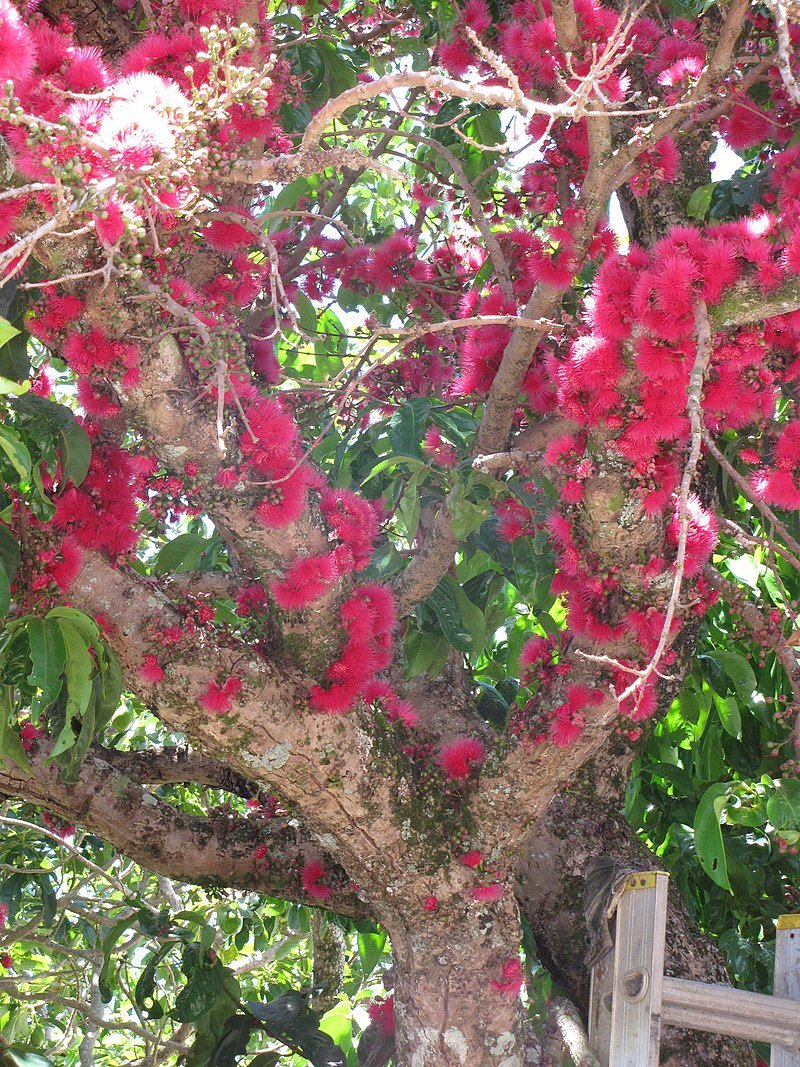
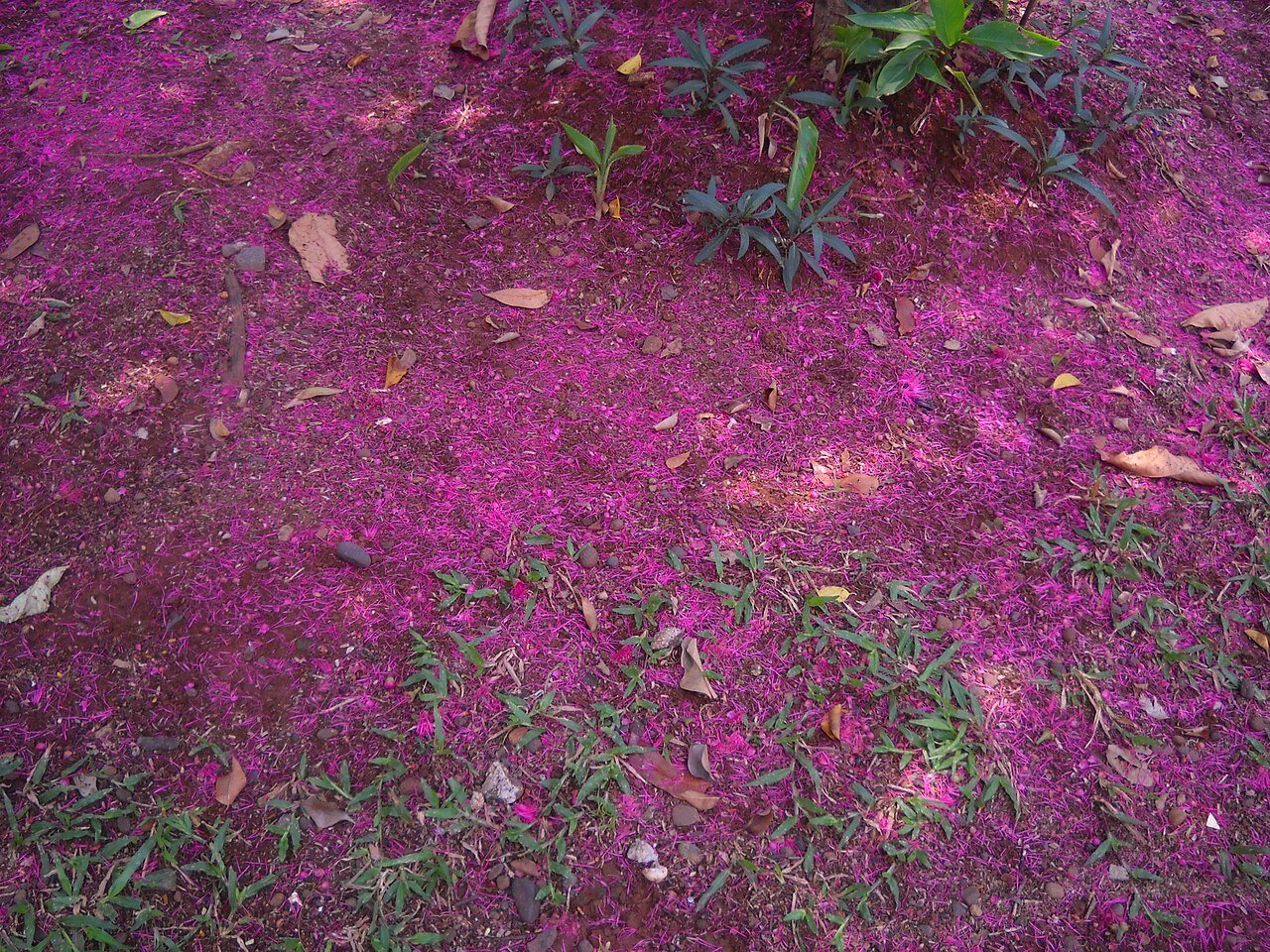
WHAT IS A ‘CANOE FRUIT’?
One of the biggest human migrations in history was the settlement of the Indo-Pacific region, starting about 6,000 years ago. Madagascar and island areas of SE Asia such as Philippines, Indonesia, New Guinea, as well as more distant location like Tahiti, Easter Islands, Hawaii, Cook Islands and many others were progressively settled by Asian migrants in small boats – catamarans and outriggers.
Manzana de Agua makes the cut!
These explorers brought important plants and animals along for the voyage – and Manzana de Agua is recognized as one of the most vital plants to make the trip. Thus the plant spread all throughout the tropics, from Africa to Indonesia to Hawaii and, potentially, onwards to South and Central America. It is also responsible for facilitating the expansion of humanity throughout a large chunk of our planet.

MAKE THE BEST OF THIS REFRESHING FRUIT!
Summer months centered around April are ripe time for getting your hands on fresh Manzanas de Agua. While the fruit may not be widely available at all supermarkets you are sure to find many sellers offering it at markets or roadside fruit stalls. Some established & happy trees may give multiple harvests per year so keep out a keen eye!

Our tropical area boasts untold variety of strange, exotic, and tasty fruit – a visit to a local fruit stall will leave you speechless! Imagine living in a beautiful, tropical land where each day brings an explosion of new tastes and wonder – you can make this dream a reality much quicker than you think! Take the first step by browsing our local property listings here. RE/MAX WE SELL PARADISE is your trusted partner in this land of exotic and tropical culinary delights!


